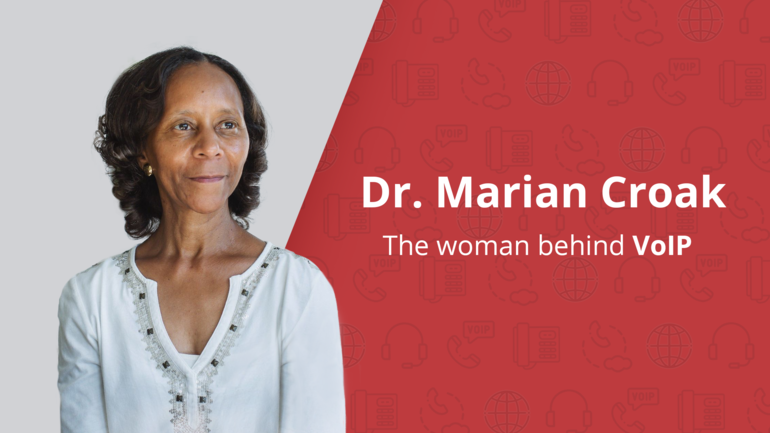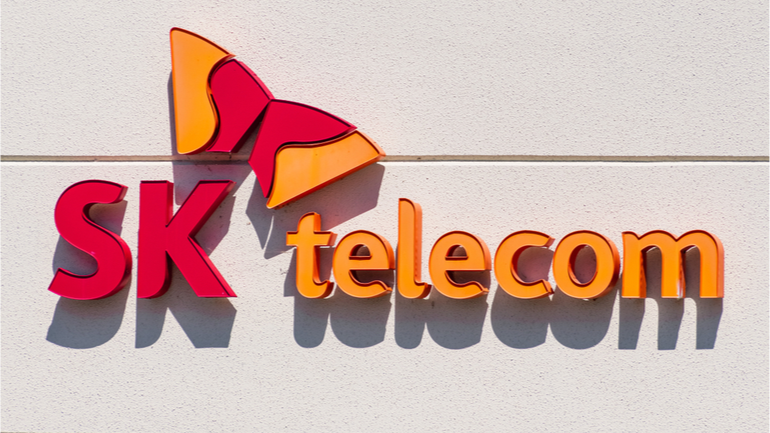The UK government has announced a £110 million investment in research and development for next-generation wireless technology and telecoms security, with a focus on 5G and 6G. This investment is intended to enhance the UK’s position as a global leader in telecoms research and development. As part of this investment, three top UK universities – the University of York, the University of Bristol, and the University of Surrey – will each receive £28 million to collaborate with major telecoms companies such as Nokia, Ericsson, and Samsung to develop and create future networks such as 6G. This follows Ericsson and Samsung’s recent announcement to establish 6G research labs in the UK. The investment will also aid in the deployment of ultrafast 5G by making it easier for new companies to enter the market. The universities will work with world-class UK academics and industry players to ensure that future network…
Fusion Connect launches Operator Connect for Microsoft Teams Fusion Connect, a global Managed Communication Service Provider (MCSP), now offers Microsoft Teams Operator Connect. This new solution ensures the availability of the platform and services, backed by Fusion Connect’s complete service guarantee. With this offering, customers can use Microsoft Teams to make direct calls to mobile devices and landlines using dedicated local phone numbers that can be accessed from any device. By partnering with Fusion Connect for Microsoft Teams calling services, businesses can more fully integrate their use of Microsoft 365 services and benefit from enhanced collaboration, continuity and workforce management capabilities. Read more at: https://tinyurl.com/2tcuw5p4 University of Surrey to research greener telecom networks The University of Surrey has secured a £12 million grant to research the development of more sustainable and resilient telecommunications networks. The 5/6G Innovation Centre at the University of Surrey will act as the project manager for…
We utilize Voice over Internet Protocol, or VoIP, on a daily basis, but like many advancements, this technology began somewhere and with someone. We are very pleased to introduce you to a woman whose extraordinary talents and forward-looking invention continue to impact our ever-changing world of technology – Dr. Marian Croak, the inventor of VoIP. In honor of women’s accomplishments in technology and business, today we are focusing on this exceptional person. Who is Dr.Marian Croak? Marian Croak is hardly a household name, despite having accomplished so much and driving innovation ahead for the benefit of so many. Dr. Marian Rogers Croak is the Vice President of Engineering at Google and former Senior Vice President of Research and Development at AT&T. Marian is a soft-spoken woman who describes herself as a non-talker, yet her actions shouted volumes in favor of Internet Protocol (IP) as the future of communications. In her…
With 5G networks still being deployed around the globe and 4G and even 3G networks still in use in many parts of the world, the term 6G is already a huge topic in the industry. 6G is the name for what will be the sixth generation in cellular technology, with a particular focus on increasing the capabilities and reducing the latency of wireless and edge networks. These are early days in the life of 6G and thus far this technology is only a theoretical discussion. The networks of the future will be a key component in virtually all areas of our lives, society and industry, meeting the communications needs of people and intelligent machines. So, let us dive into the world of 6G and explore what possibilities it holds. What will 6G be? 6G will be the sixth generation of mobile communications. It is still obscure what the final form…
AT&T has established a Connected Climate Initiative (CCI), which aims to bring together partners and academics to further cut carbon emissions. The firm has set an industry-leading goal of reducing greenhouse gas (GHG) emissions by 1 billion metric tons by 2035. A gigaton is equivalent to roughly 15% of US greenhouse gas emissions and nearly 3% of worldwide energy-related emissions, or 1.6 billion flights from Los Angeles to New York. The company intends to convene the brightest minds from leading technology companies, AT&T Business customers, universities, and nonprofits through the newly formed Connected Climate Initiative to identify best practices, develop innovative new products and use cases, and scale the innovations of startup partners building future’s 5G- and other broadband-enabled climate solutions. At the heart of this initiative is a push to persuade business IT firms to use more renewable energy sources, as well as to move more application…
SK Telecom, South Korea’s leading mobile carrier, recently launched a new subscription service and also purchased a 20% stake in Korea Content Platform (KCP), a US-based joint venture of Korean terrestrial broadcasters. In addition, the company began monitoring marine pollution with Hoseo University and the Korea Atomic Energy Research Institute. On Sunday, SK Telecom announced that it had finalized the acquisition of a 20% shareholding in KCP for $25.8 million in order to expand the content portfolio and audience base of its over-the-top (OTT) platform Wavve. According to industry experts, the presence of KCP in the United States will aid in the creation of synergy with Wavve. In addition, the company has introduced a suite of subscription services, named ‘T Universe’, for its clients, which appear to be a collection of ecommerce services. While there will be several subscription packages available, the main one is called Universe Pass,…
Telefónica, Aerial launch Remote Care project pilot The first pilot project regarding “Remote Care” for elders was initiated by Telefónica, the Canadian firm Aerial and the municipality of Luciana. This solution does not require new devices nor wearable equipment, but includes a movement detector interface for the home WiFi, which utilizes existing wireless signals combined with artificial intelligence and contextual analysis to detect presence and motion. The cloud-based AI engine is intended to share data about a senior’s behaviors with their family members. In order to facilitate remote monitoring of elders, this technology also compares the data to normal behavioral patterns. Read more at: https://tinyurl.com/4ae6w5j9 T-Mobile experiences data breach In a recent cyber assault on T-Mobile, over 40 million individuals’ information was exposed, including names, birthdays and social security numbers. The business claimed that the stolen files contained data from over 7.8 million current T-Mobile accounts as well as data…
Nokia launches iSIM Secure Connect Nokia has released new software to help operators cope with the provisioning of cellular IoT devices and subscription management. The software, called iSIM Secure Connect, relies on embedded SIM (eSIM) and integrated SIM (iSIM) technologies combined with reliable digital identification, allowing telecom service providers to quickly and securely authenticate and manage cellular IoT devices. The software is vendor agnostic and can be installed in a variety of network and cloud environments, providing a myriad of IoT use cases and business models. Read more at: https://tinyurl.com/42kf2tu8 Lumen strikes a deal with Microsoft Lumen Technologies has announced that it has entered a long-term partnership with Microsoft to take advantage of the Azure cloud platform. The duo plans to integrate Microsoft’s Azure stack with Lumen’s bare metal edge computing service, allowing customers to run Azure-based applications wherever the edge network can reach. Lumen will also use the cloud…
New security features for Google Workspace and Google Drive Google has unveiled new security tools that include client-side encryption for Workspace and several enhanced data protection features in the platform’s Drive service. The tech giant said there will be new trust rules and labels for Drive to classify files and apply controls based on their sensitivity levels. These added security features are the result of several factors, including Google’s “security first” philosophy, the rapid increase in remote work environments due to the pandemic, and the company’s experience with its BeyondCorp zero trust security model. In addition, Google is also increasing phishing and malware protection in Workspace. Read more at: https://tinyurl.com/ygc7yhw7 Facebook partners with Internet service providers D-VoiS and Netplus Facebook has announced new partnerships in India with Internet service providers (ISPs) D-VoiS and Netplus. These ISPs will use Facebook Connectivity’s Express Wi-Fi platform to provide public Wi-Fi hotspots in various…
BT, the UK’s largest telecoms and network provider, has launched hollow core fiber trials at the BT Labs in Adastral Park, Ipswich, in a joint venture with Lumenisity, the University of Southampton’s spin-off company and Mavenir, the Open Radio Access Network (O- RAN) mobile carrier. The research is being carried out at BT’s research and engineering facilities, with the researchers using a 10-kilometer-long hollow-core fiber cable made by Lumenisity. This state-of-the-art network cable has a hollow, air-filled center that extends through the entirety of the cable. The hollow core fiber will be tested for a myriad of applications, such as the possible benefits to 5G networks and highly secure communications such as Quantum Key Distribution (QKD). Reducing the latency of hollow fiber light could provide immense benefits, including high-frequency trading and reduced mobile network costs. This joint venture has revealed that the usage of hollow core fiber can…













